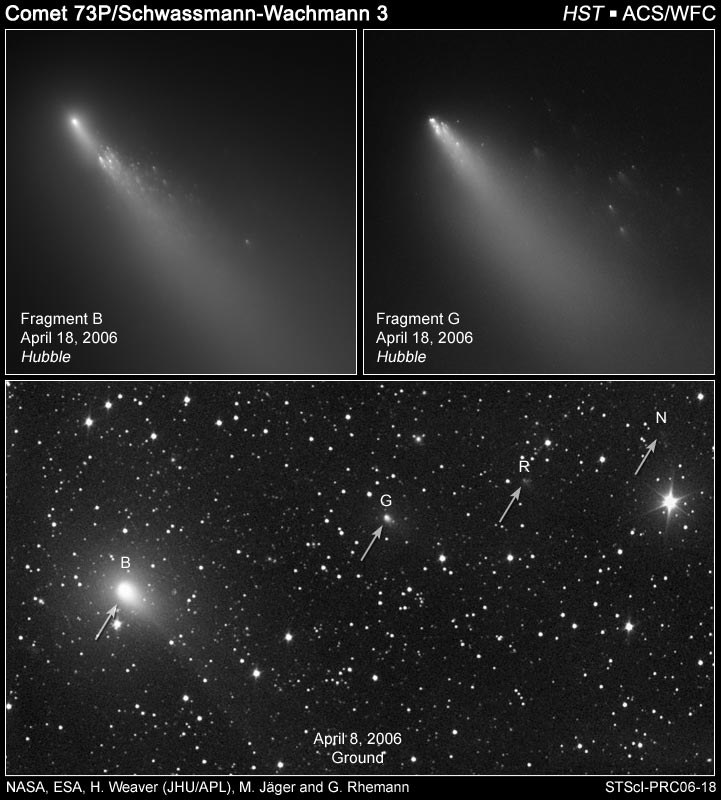A meteoric storm raged over the Earth 13,000 years ago as thousands of pieces of rock each the size of the Tunguska comet rained down over the course of an hour. The end result was a dramatic cooling of the planet, according to astronomer Bill Napier of the Cardiff University Astrobiology Centre.
Writing in the journal Monthly Notices of the Royal Astronomical Society, Napier suggests that the temperature drop was as high as 8 Celsius and interrupted global warming at the end of the last ice age, causing glaciers to re-advance.
Scientists have puzzled over a boundary layer marked by the occurrence of a “black mat” tens of millimetres thick present at sites throughout the United States, which contains high levels of soot from continental-scale wildfires and nanoscopic hexagonal diamonds found only in meteorites or impact craters. The evidence hinted at a catastrophic change at that time caused by the impact of an asteroid or comet 4 km across on the Laurentide ice sheet, which at that time covered what would become Canada and the northern part of the United States.
Napier points out that the cooling lasted a more than a millennium and led to the rapid extinction of 35 genera of North American mammals, as well as the disruption of the Palaeoindian culture. However, the chances of an asteroid impacting the Earth during that period were extremely low. Moreover, the heat generated by the rising fireball would be limited by the curvature of the horizon and could not have led to the continent-wide occurrence of wildfires.
Napier has now devised a model that can account for the evidence.
According to Napier’s model, the Earth ran into a dense trail of material from a large disintegrating comet. He points out that there is compelling evidence that such a comet entered the inner planetary system between 20,000 and 30,000 years ago and has been fragmenting ever since, giving rise to a number of closely related meteor streams and asteroids known as the Taurid Complex.
As the comet disintegrated, the Earth would have ploughed through at least one dense swarm of cometary fragments over an hour-long period.
Thousands of individual impacts would have occurred across what is now continental America, each releasing the energy of a megaton atomic bomb and triggering extensive wildfires.

“A large comet has been disintegrating in the near-Earth environment for the past 20,000 to 30,000 years, and running into thousands of fragments from this comet is a much more likely event than a single large collision. It gives a convincing match to the major geophysical features at this boundary,” says Napier. Indeed, a recent meteorite which may have come from this giant comet progenitor fell on Yukon Territory in January 2000 and has the highest abundance of nanodiamonds of any meteorite so far analysed.
Links.
Monthly Notices Royal Astronom Soc, 2010, in press Preprint link
Cardiff staff